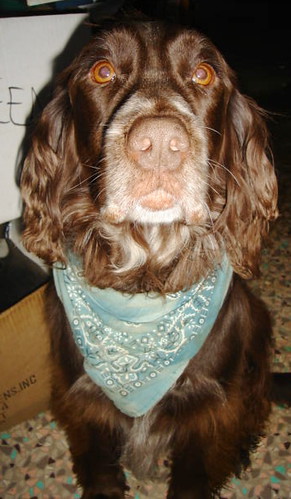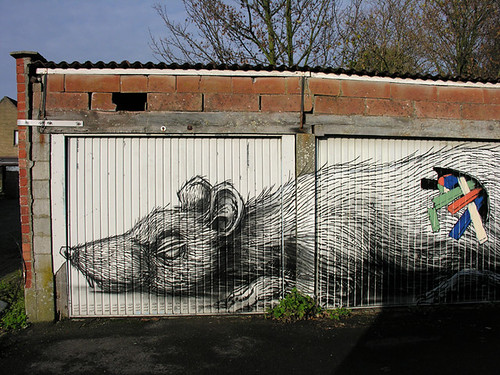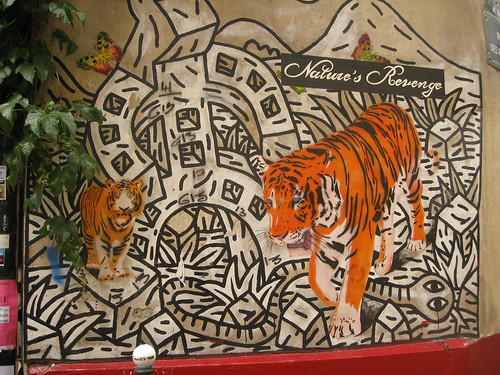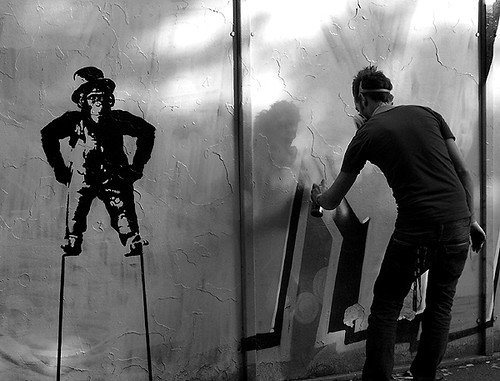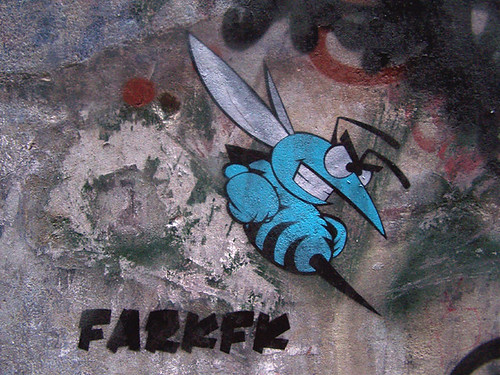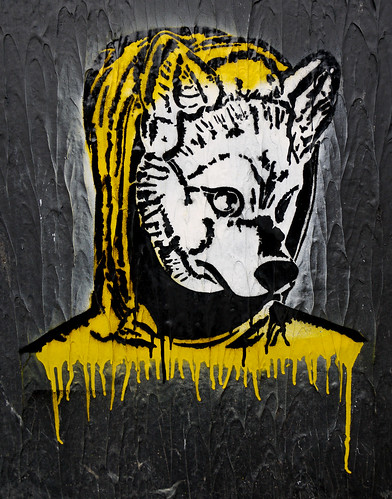…2009 has seen an explosion of articles celebrating two hundred years since the birth of Charles Darwin (1809-1882). November’s book of the month focuses on The expression of the emotions in man and animals, the final text in his “great evolutionary cycle of writing”.1 The Expression is a fascinating work: one of Darwin’s most accessible and readable studies, it was one of the first scientific works to use photographic illustrations, and it was a bestseller in its day. Yet, it has been long neglected by academics and the general public alike and today remains one of Darwin’s less recognised titles.
| | The Expression was an original and, for many contemporaries, a controversial book. It formed the final part of a series that had started with On the Origin of Species and had controversially peaked the previous year with the Descent of Man. The former, published in 1859, laid out Darwin’s theory of descent with modification through natural selection in animals and plants: the notion that randomly occurring variation within a population, if conferring a breeding or survival advantage, tends to be preserved, leading over time to divergence. The Descent, in which he extended the theory to humans, appeared more than a decade later in 1871, its publication delayed by a reticent Darwin. |
| |
To convince the sceptics, it was important for Darwin to accumulate as much evidence for humans’ and animals’ shared roots as possible. The Expression was intended to do just that. Prior to its publication, the benchmark work on the human face was written by the creationist Sir Charles Bell (1774-1842). Bell believed that human facial muscles were divinely created to express uniquely human emotions. Darwin refuted this; he was sure that inner feelings of humans and animals were outwardly manifested in similar ways.3 For example, in both humans and animals, lips purse during concentration, anger leads to eye-muscle contraction and teeth exposure, while mouths hang agape when listening intently.4 He believed that such expressions must have developed through common evolutionary mechanisms, and that they were “daily, living proof of [our] animal ancestry”.5 …


